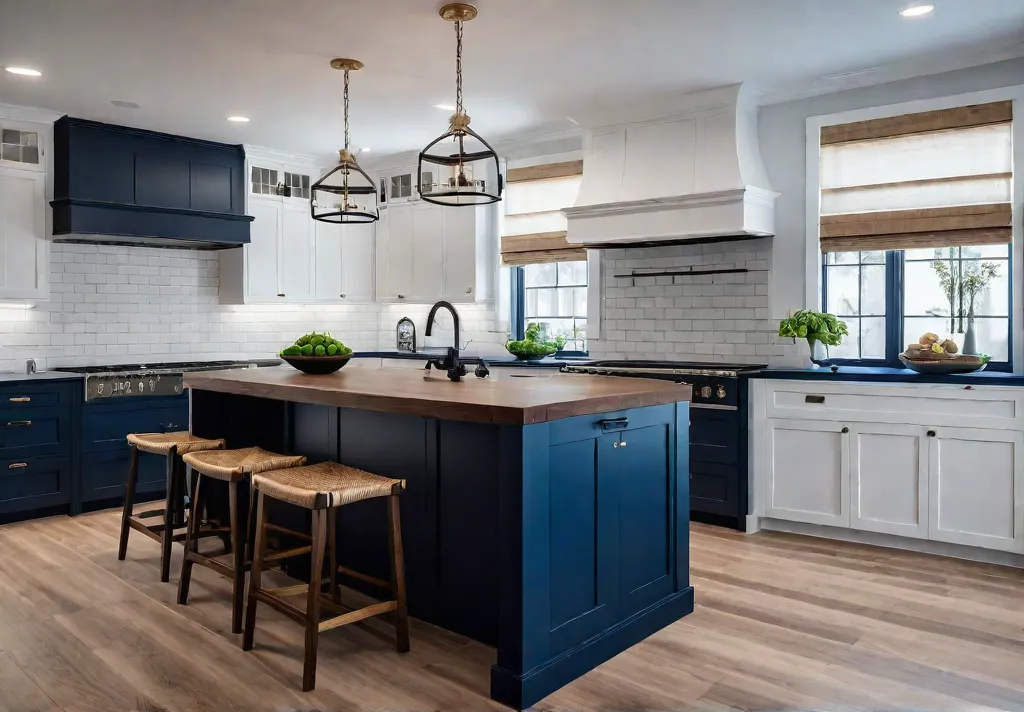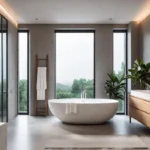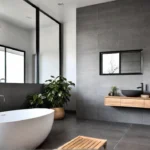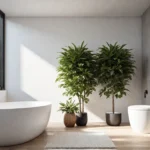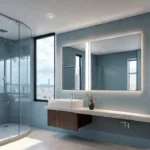Calling all kitchen design devotees! If you’re anything like me, you’ve spent hours upon hours drooling over those magazine-worthy kitchens. You know, the ones with sleek countertops that are works of art? But let’s be real – choosing the perfect island color to complement those gorgeous surfaces can feel downright daunting.
Well, my friend, let this be your official guide to nailing that swoon-worthy combo. We’re going full-on color theory, breaking down how to harmonize your island with quartz, granite, butcher block, and beyond. Spoiler alert: it’s easier than you think to create those balanced, magazine-cover-ready vibes.
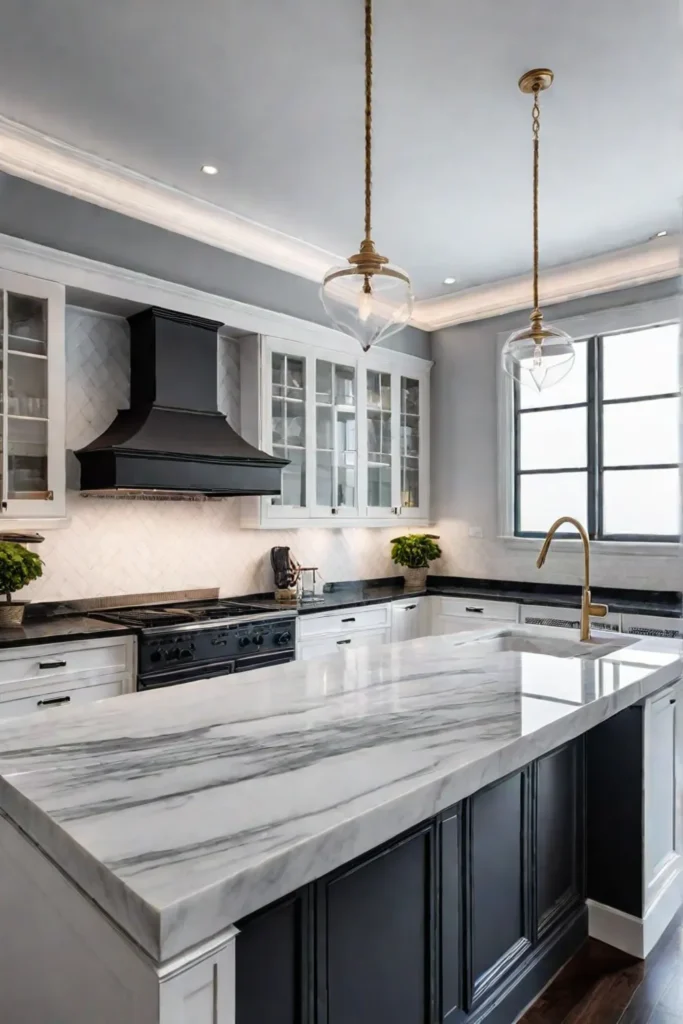
So grab a glass of wine (or hey, maybe a LaCroix if it’s before noon) and get ready to soak up all the insider intel. Your dream kitchen is just a few scrolls away!
Understanding Your Countertop: Material Matters
You’ve picked the perfect slab and splurged on that dreamy countertop material – now it’s time to find an island color that lets those gorgeous surfaces shine! But with so many options out there, how do you choose the right hue? The key is understanding how different countertop materials vibe with various color palettes.
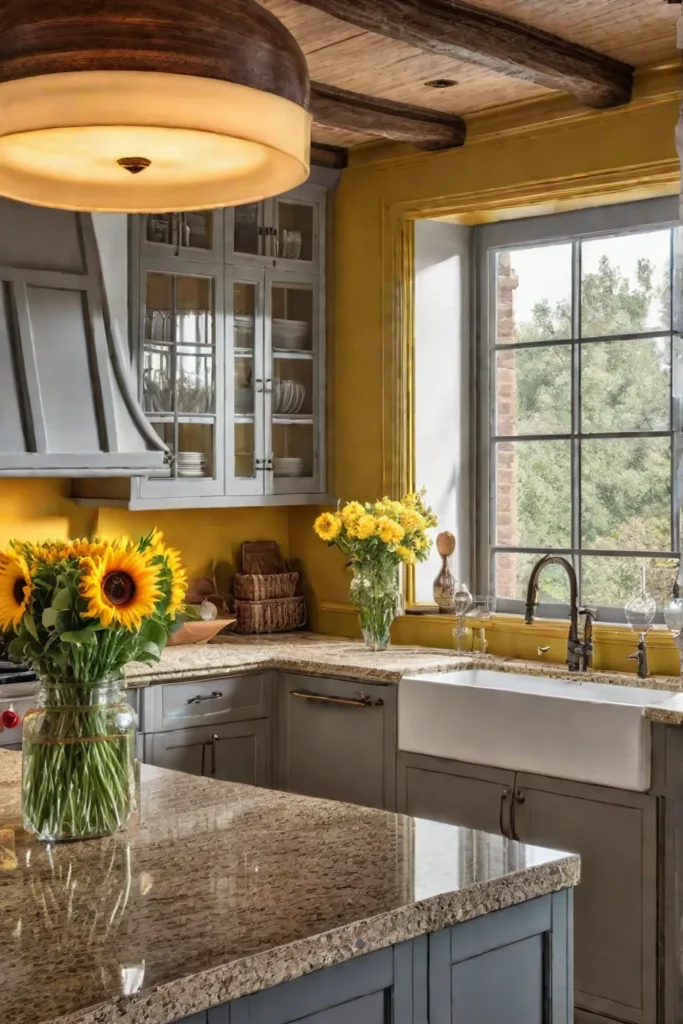
Granite’s Grand Palette
Granite is a total showstopper with its one-of-a-kind swirls and veining. From bold blacks to earthy beiges, this natural stone serves up a smorgasbord of tones. For a classic pairing, try balancing a jet-black granite with a crisp white or warm cream island. If you want to get a bit wild, look for pops of color in the veining and let those guide your island choice – maybe a deep forest green or blazing red?
Quartz’s Consistent Charm
Unlike granite’s unique patterns, quartz countertops offer up a consistent, stylized look in virtually any shade. When it comes to quartz, the world is your oyster for island colors! I’m a big fan of warm, organic hues like terracotta or sage green alongside lighter quartz for a fresh, airy feel. But don’t be afraid to go bold with a punchy yellow or cobalt blue island against darker quartz.
The Versatility of Butcher Block
There’s just something about warm wood tones that makes a kitchen feel extra cozy and inviting. Butcher block’s natural beauty shines with both light and dark island colors. As a rule of thumb, pair lighter woods like maple with soft neutrals while richer walnut vibes are better with deeper shades of navy or charcoal. Don’t forget – you can always stain that butcher block to your desired tone!
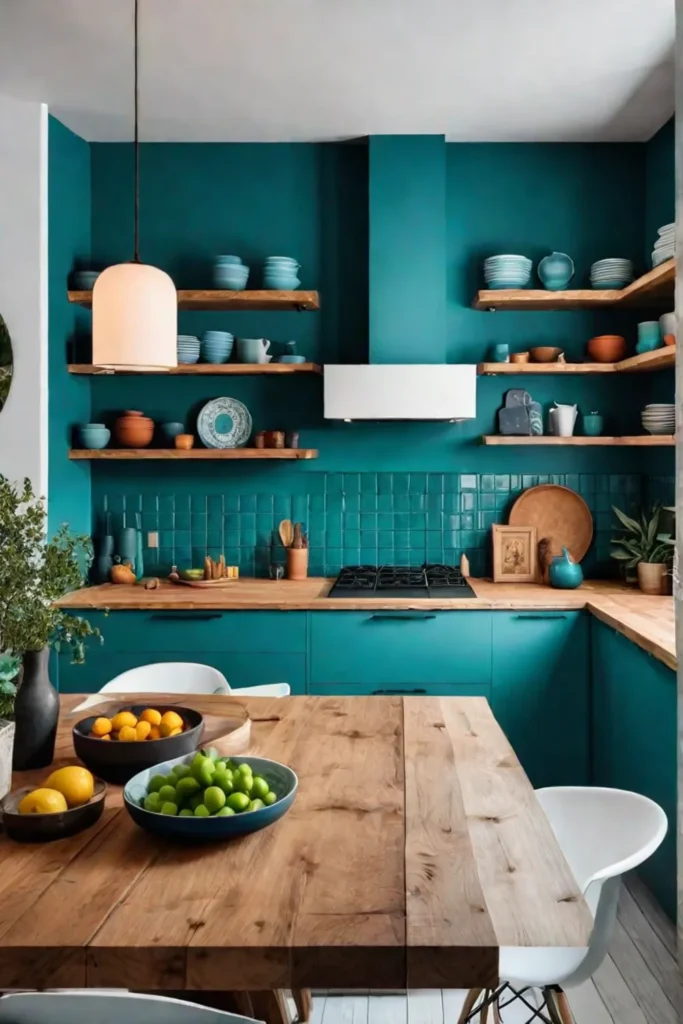
No matter which countertop you’ve fallen for, the key is letting its inherent colors and patterns guide your island palette. With a little ingenuity, you can create a knockout combo that turns your kitchen into a total showstopper.
Now that we’ve covered understanding your countertop material, it’s time to dive into the art of color theory and how to use those principles to nail your kitchen palette.
Color Theory in the Kitchen: It’s More Than Just Taste
Ever walk into a beautifully designed kitchen and feel an instant sense of calm…or energized appetite? That’s the power of color psychology at work. Beyond just visual aesthetics, color can influence our moods and behaviors. So why not wield that power when designing your dream kitchen?

The Power of Complementary Colors
Looking to create bold contrast and energy? Complementary colors that sit opposite each other on the color wheel are a dynamic duo. Think of a rich navy blue island that pops against warm, terracotta-toned countertops. Or a sleek black island that grounds a crisp white quartz counter. These high-contrast pairings add major visual interest.
Harmony with Analogous Colors
For a more tonal, seamless vibe, analogous colors that neighbors on the color wheel are your friend. A soft sage green island could complement the undertones in a granite counter with hints of olive or celadon. Or a buttery yellow island could play up the golden flecks in your countertop for a sunny, cohesive look.

Appetite Appeal
Of course, we can’t forget the role color plays in appetite. Warm hues like red, orange, and yellow are known to stimulate hunger – perfect for an eat-in kitchen island. Meanwhile, cool blues and greens tend to have a more subduing effect, ideal if your island doubles as a prep zone.
Whether you crave contrast or crave cohesion, a little color theory can go a long way in nailing that drool-worthy kitchen ambiance. So grab that color wheel and get creative!
Contrasting or Complementing: Defining Your Island’s Role
Do you want your kitchen island to blend seamlessly with the rest of your space, or make a bold statement that draws the eye? The color you choose for your island relative to your countertops will set the entire vibe.

Making a Statement with Contrast
If you’re all about those Instagram-worthy looks that pack a punch, a contrasting island is where it’s at. Playing with opposing hues creates instant visual interest and breaks up any potential monotony. Hello, focal point! A jet-black island would look insanely chic paired with a crisp white quartz countertop, or you could go ultra glam with a rich emerald green against creamy marble. Just keep the rest of your kitchen details streamlined so that the showstopping island can truly shine.
Seamless Harmony with Complementary Colors
Maybe “matchy-matchy” is more your vibe – no shame! Choosing an island color that complements your countertops offers up those laid-back, cohesive vibes. It’s a more subtle approach that can make your kitchen feel larger and more open by visually expanding the space. The key is selecting ones that are in the same color family but slightly richer or more muted than your counters. A soft gray-blue island would pair beautifully with blue quartz surfaces a few shades lighter.

Finding the Right Balance
Of course, you’ll also want to consider the overall design direction and existing elements in your kitchen. If you’ve got tons of texture and patterns happening already with tile, woodwork, etc., you may want to let your counters and island play more of a supporting role with toned-down complementary hues. But if your kitchen leans more minimalist with clean lines, that could be your opportunity to introduce a pop of daring contrast.
At the end of the day, it’s all about trusting your instincts and personal taste! Whether you go bold or blended, make sure to have fun with it. The next section dives deeper into additional factors that can influence your perfect island color choice.
Beyond the Basics: Factors Influencing Your Final Choice
Picking the perfect island color is more than just a surface decision – it’s about creating a cohesive, magazine-worthy kitchen that flows seamlessly. Sure, the countertops are the star of the show, but have you considered how the cabinets, backsplash, and flooring set the stage?

The Big Picture: Considering the Whole Kitchen
When choosing an island hue, zoom out and view your kitchen as one unified design moment. A busy patterned backsplash might call for a more subdued island shade to balance things out. Alternatively, a showstopping jewel-toned island could be the perfect pop against crisp white cabinets. Don’t be afraid to play with contrast!
The Light Factor: Natural and Artificial Light
Lighting is the unsung hero that can make or break your color scheme. Sunlight streaming through the windows can amplify certain tones, while moody Edison bulbs might cast a warmer glow. Get samples and test them out – that stormy gray might read as elegant charcoal in warm light but take on muddy undertones in a dimly lit space.

Personal Palette: Bringing Your Style Home
At the end of the day, your kitchen should reflect your unique taste and lifestyle. If you’re drawn to bold, maximalist vibes, don’t shy away from an unexpected island color that packs a punch. Prefer a more laidback, minimalist aesthetic? Sleek, monochromatic neutrals are your new best friend. Have fun with it!
Creating a kitchen that’s equal parts stylish and functional is all about the delicate art of balance. With a little creativity (and maybe some samples), you’ll be well on your way to an island oasis that leaves your guests green with envy.
Creating Your Kitchen Color Story: Pulling It All Together
Feeling a little overwhelmed by all the color possibilities for your kitchen? Don’t worry, you’re not alone! Choosing the perfect palette to complement your countertops is an art form, but with a little guidance, you can nail that magazine-worthy look.

Visualizing Your Vision: Mood Boards and Samples
The key to unlocking your dream kitchen vibe? A mood board! Gather those paint chips, fabric swatches, and countertop samples to create a little collage of your color story. Many paint brands even offer pint-sized sample cans so you can test out hues on your walls. Trust me, it’s so satisfying to see all the pieces come together before taking the plunge.
Seeking Expert Advice: When to Call in the Pros
If you’re still feeling stuck in analysis paralysis, why not book a consultation with a kitchen design pro? Their trained eyes can provide valuable insights and personalized recommendations to help you avoid costly mistakes. Think of it as an investment that’ll save you time, money, and endless nights spent agonizing over paint swatches!

Listen to Your Gut (and Your Insta Feed)
At the end of the day, the “best” color choice is simply the one that speaks to you. Don’t get too caught up in trends or rules. Whether you’re drawn to moody cabinets with pops of jewel tone or a crisp, minimalist palette, own your vibe! After all, this is your dream kitchen we’re talking about.
Pulling together your perfect palette takes patience, but don’t stress! Have fun with the process and trust that you’ve got this. Now, on to the finishing touches…
Final Touches
Whew, who knew there was so much science behind crafting the perfect kitchen palette? If you take anything away from this, let it be that your countertops and island are a power couple meant to be in total harmony. Whether you opt for a bold contrast or dreamy cohesion, the key is trusting your gut and having fun with the process.

At the end of the day, this is your space we’re talking about – the sacred spot where all the best hosting happens. So don’t be afraid to get a little creative and inject some serious personality! After all, those are the kitchens that leave guests doing double-takes (and desperately asking for your designer’s deets).
So go ahead, grab those samples and mood boards, and start plotting your Instagram-worthy kitchen masterpiece. With a little ingenuity and maybe some help from the pros, you’ll be whipping up culinary magic in a space that’s 100% you. Now that’s a recipe for success if I’ve ever tasted one.
